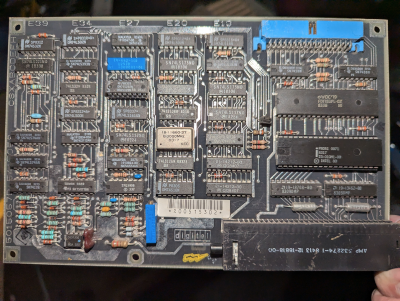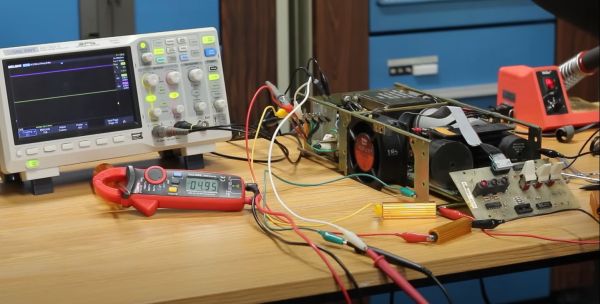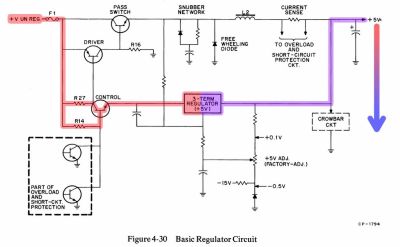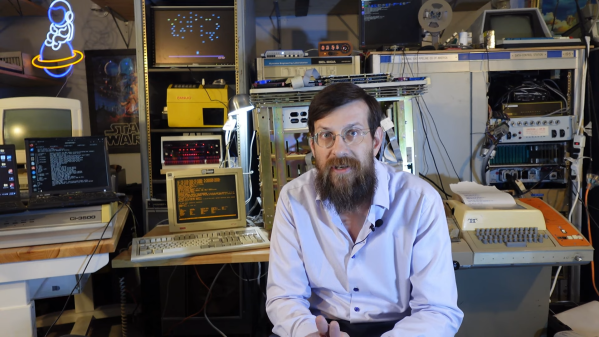If you’ve never used a PDP-11 before it’s probably because you simply weren’t around in the 70s and 80s. Although they started as expensive machines only in research labs and industry, they eventually became much more accessible. They’re a bit of a landmark in computing history, too, being largely responsible for the development of things like UNIX and the C programming language. [ryomuk] is using an FPGA in combination with an original DEC J-11 to bring us a new take on this machine. (Google Translate from Japanese)
The FPGA used in this build is a Tang Nano 20k, notable for its relatively low cost. The FPGA emulates the memory system and UART of a PDP-11 system down to the instruction set, while the original, unmodified DEC chip is left to its own devices. After some initial testing [ryomuk] built a PC11 paper tape emulator to ensure the system was working which runs a version of BASIC from the era. The next thing up was to emulate some disk drives and co-processors so that the machine can run the first version of UNIX.
[ryomuk] also developed a PCB for the DEC microprocessor and the FPGA to sit on together, and it includes all of the jumpers and wiring needed to allow the computer to run UNIX, as well as handling other miscellaneous tasks like power. It’s an interesting build that gets to the heart of the early days of computer science. PDP-11 computers did eventually get smaller and more accessible, and if you want to build a modern version this build fits a complete system into an ATX case.
Thanks to [RetepV] for the tip!



















